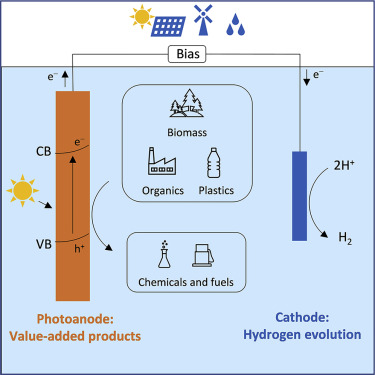52. Efficient photo-oxidation remediation strategy toward arsenite-contaminated water and soil with zinc-iron layered double hydroxide as amendment
Liu, T.,Zheng, M.,Hao, P.,Ji, K.,Shao, M.,Duan, H.*,Kong, X.*
J. Environ. Chem. Eng., 2023, 11(1), 109233
DOI: 10.1016/j.jece.2022.109233
Abstract
Arsenic contaminated water and soil is seriously threatening the ecosystems safety and human health. Specially, the As(III) has higher toxicity, mobility and lower affinity to typical adsorbents, thus posing substantial obstacles for remediation. Herein, we report a zinc-iron layered double hydroxide (ZnFe-LDH) that exhibits high removal capacity of 134.5 mg/g toward As(III) with the aid of photo-oxidation at the initial concentration of 200 mg/L with pH of 8.4, and can efficiently reduce the total concentration of As from 20 mg/L to 8.2 μg/L within 240 min, lower than the 10 μg/L upper limit for As in drinking water. Detailed investigations suggested that the active oxidative species of photogenerated holes, superoxide and hydroxyl radicals take part in the transformation of As(III) to As(V), which enhances the adsorption capacity. For As(III)-pollutant soil remediation, the bioavailability of As in soil dramatically decreased by 87.7% and 78.1% under visible and nature light in 3 days after introduction of ZnFe-LDH as in-situ immobilization amendment. Moreover, the plant cultivation experiment demonstrated that the bioaccumulation of As in Brassica chinensis effectively reduced to safety range after remediation of the As(III)-contaminated soil with ZnFe-LDH. We envision that the strategy of photocatalytic oxidation will open a new door to address the problem of As(III)-contaminated water and soil.



